Blue Mountains adventure

The number one priority of our trip to the Blue Mountains was to hear Liz Benson’s talk about the Wollemi Pine at the Wentworth Falls History Centre. While we were there, as well as absorbing the views around the falls, we wanted to do some plant exploring on Kings Tableland, and also take a look at the location of Grevillea ‘Lawson Queen’, discovered by Pip Gibian in 1988.
Australian brush-turkey: unwelcome guest or ecosystem engineer?
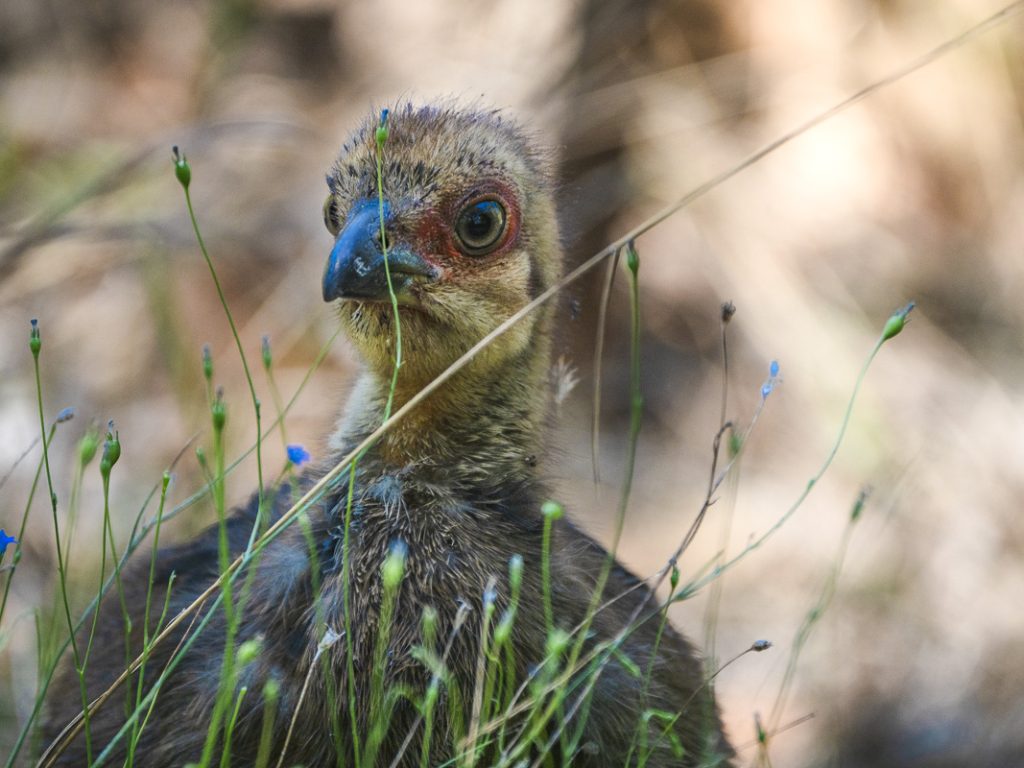
If you asked a suburban resident of many parts of Sydney, Brisbane, Newcastle, the Gold Coast, Byron Bay or any other city on the Australian East Coast north of Wollongong, it would seem like the country is in the midst of an invasion. The interloping offender is the Australian brush-turkey (Alectura lathami). This is a large native bird from the Megapode family, which has been spotted with increasing frequency in urban and suburban areas over the past few decades.
Pea Forage weekend report
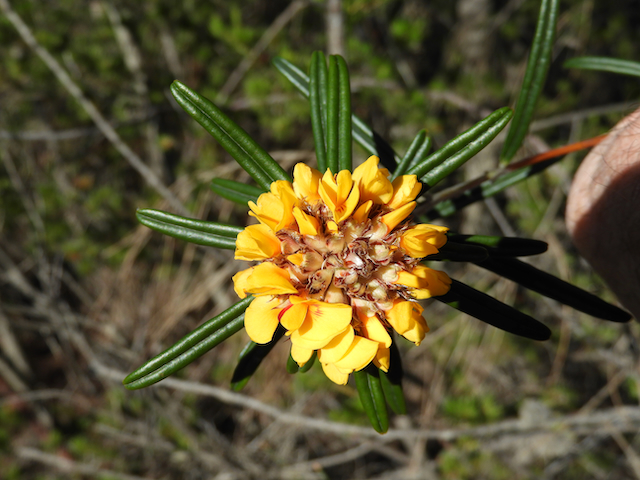
I became a member of the Pea Study Group last year and last weekend, joined around 25 other APS members for a Pea forage weekend based in Gosford on the Central Coast.
Huntsman Spiders
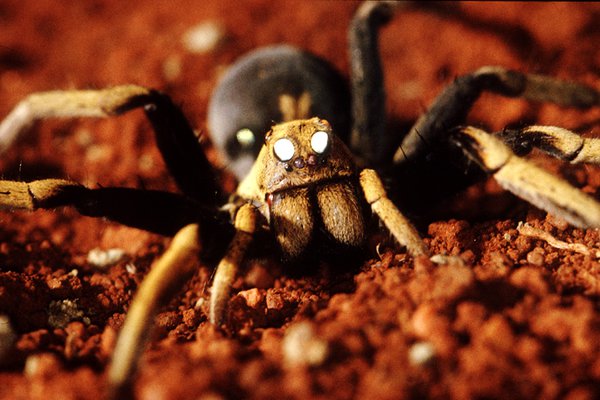
At our meeting in April, we were treated to the most fascinating presentationonHuntsmanSpiders. OurspeakerwasHelenSmith,an arachnologist with the Australian Museum Research Institute, Sydney .
Flying Foxes – A crash course in their Conservation and Management
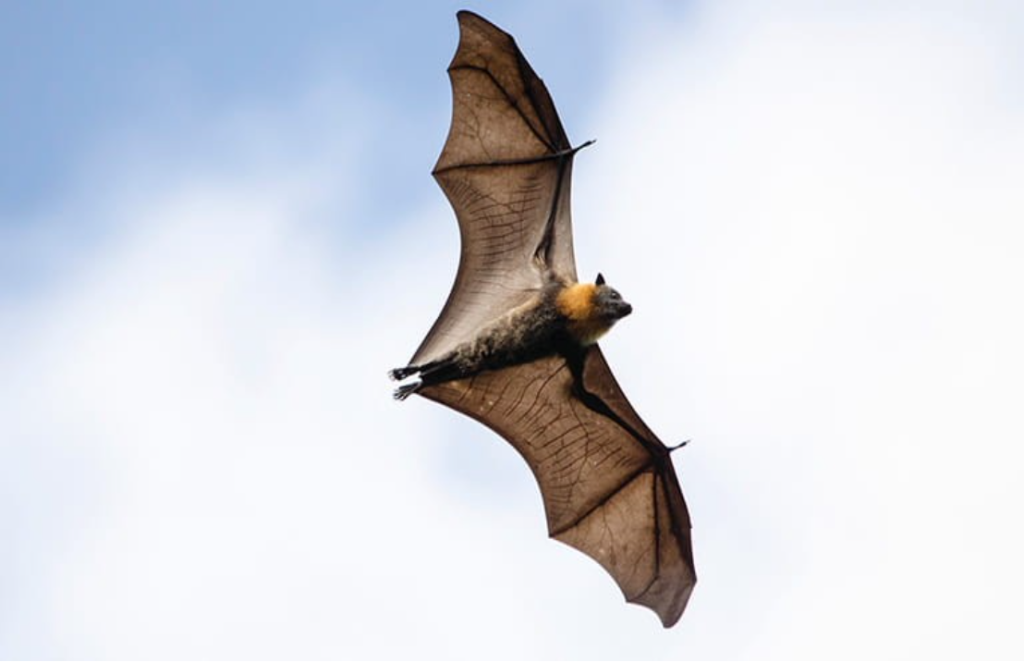
Flying Foxes provide an excellent ecological service through pollination and seed dispersal and are a vital keystone species. However, they tend to set-up shop in highly urbanised areas which can cause problems for residents and school children, mainly due to noise and odour produced by colonies.
Insects that thrive on our native plants
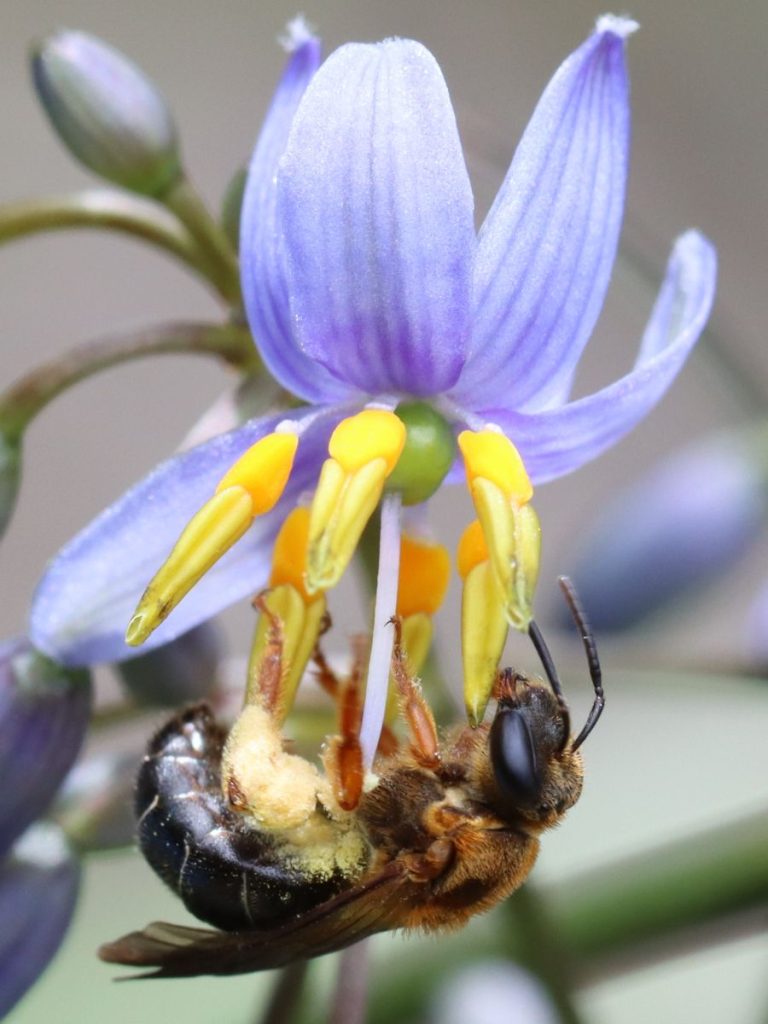
Insects and plants evolved together and are co-dependent. Michelle de Mol, one of our Blue Mountains members, is passionate about observing and documenting, in pictures, these relationships. Here are photos she shared with us to showcase this relationships.
Mal’s Wild Side: Re-Wilding a Northern Beaches Backyard
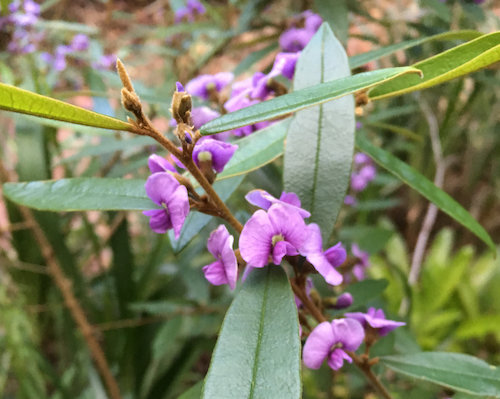
When I first came to Australia from the UK, I had a fondness for the environment but knew virtually nothing about Australian nature. Years later, when I moved from inner city living into a suburban house with a backyard, something special happened. Fascinating visitors such as Blue Tongue Lizards, Leaf Tailed Geckos and Possums provided magical wildlife encounters and my conservation passion, long suppressed, became reignited.
Native bees and native flora go hand in hand..
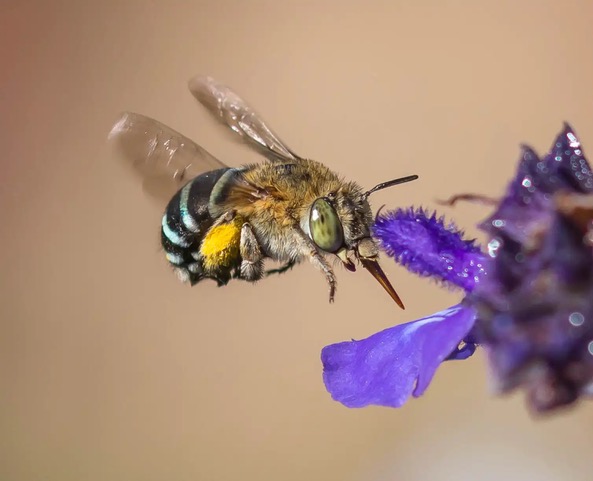
While many of us realise conserving native plants helps conserve native fauna, the reverse is also true, particularly when it comes to native bees.
Biodiversity loss – balancing land use and conservation
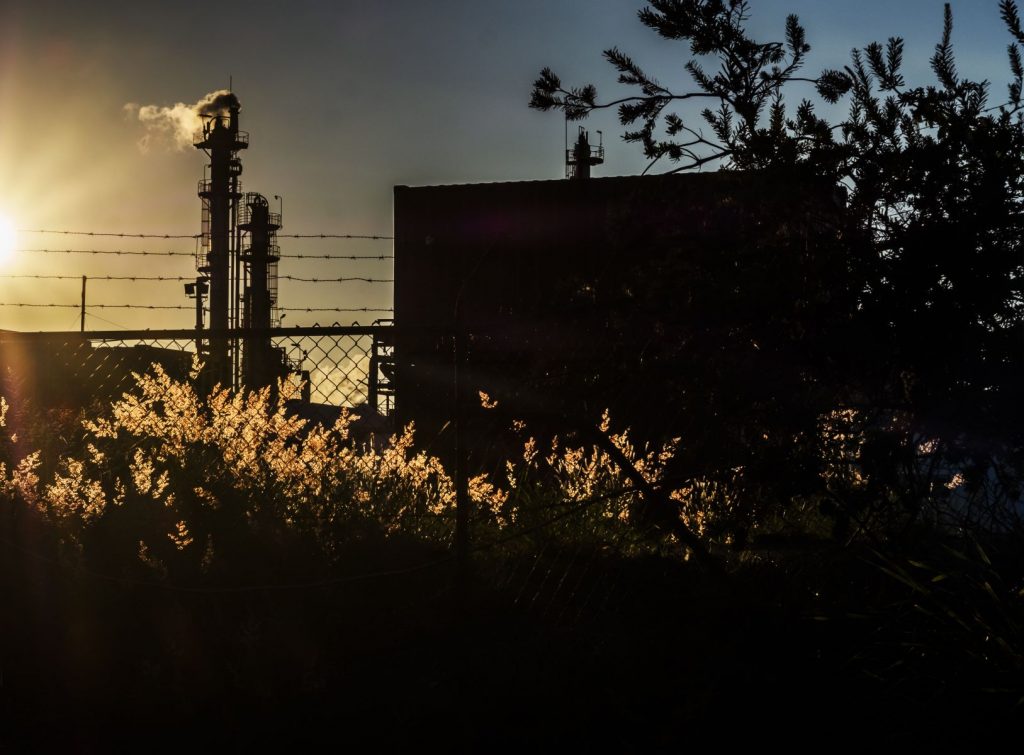
Peter Geelan-Smith has given us summaries of recently published articles, highlighting recent research and thought on the topic: What is the right balance between land use and conservation, to stop biodiversity loss?
Citizen science for rainbow lorikeets in northern NSW
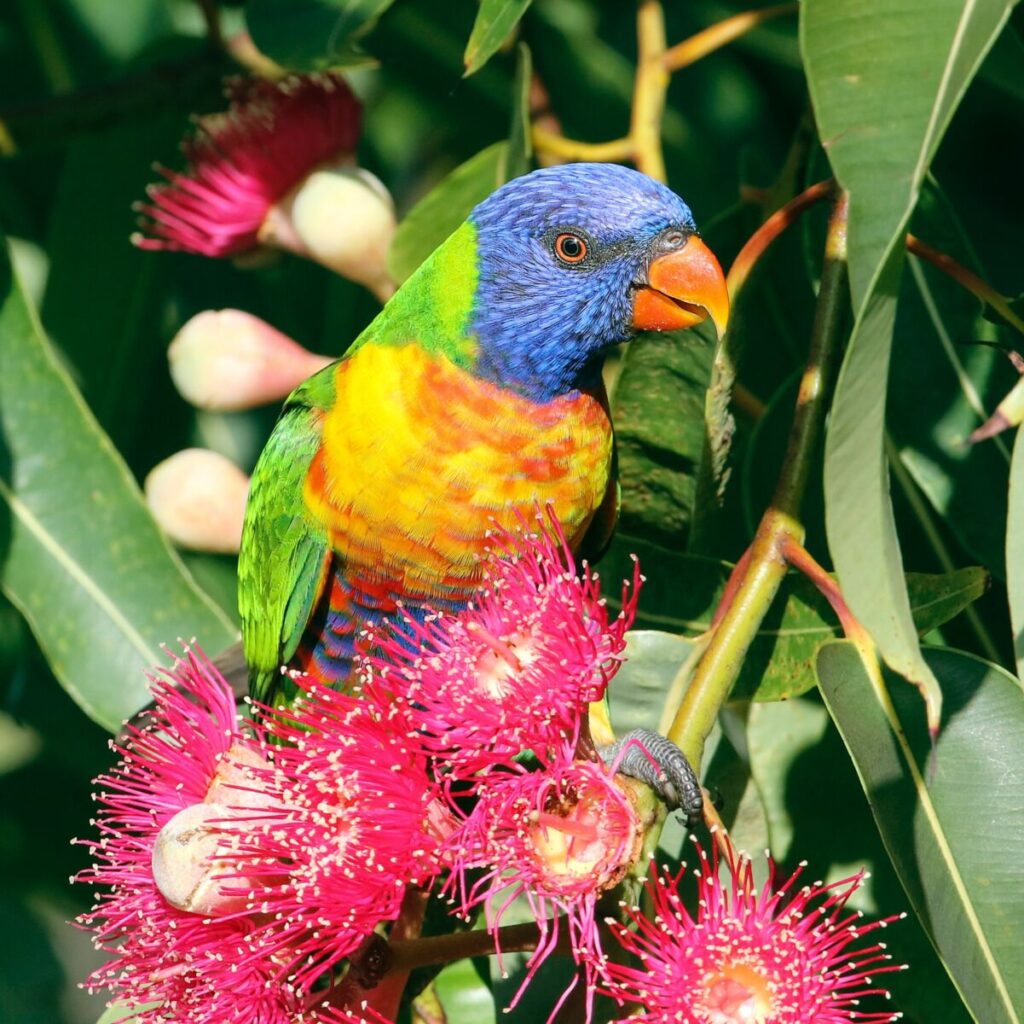
A citizen science project to identify the cause of Lorikeet Paralysis Syndrome in southern Queensland and northern NSW is seeking members to identify plant species the birds feed on.
Photograph moths on Rutaceae for citizen science
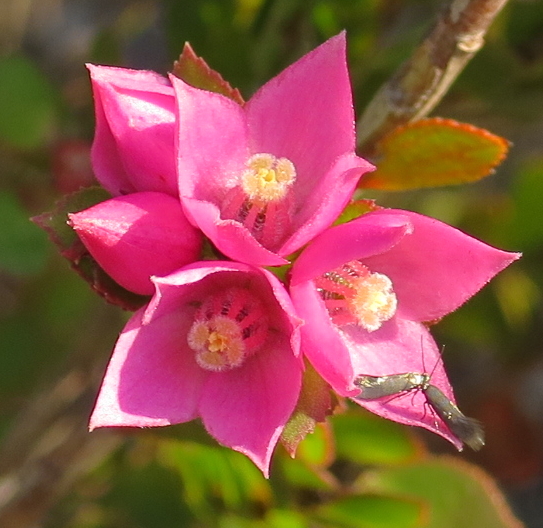
Join a citizen science project where photographers can use their skills to help record and identify Sun-loving Moths and their association with Australian plants in the Rutaceae family.
A tale of two sites
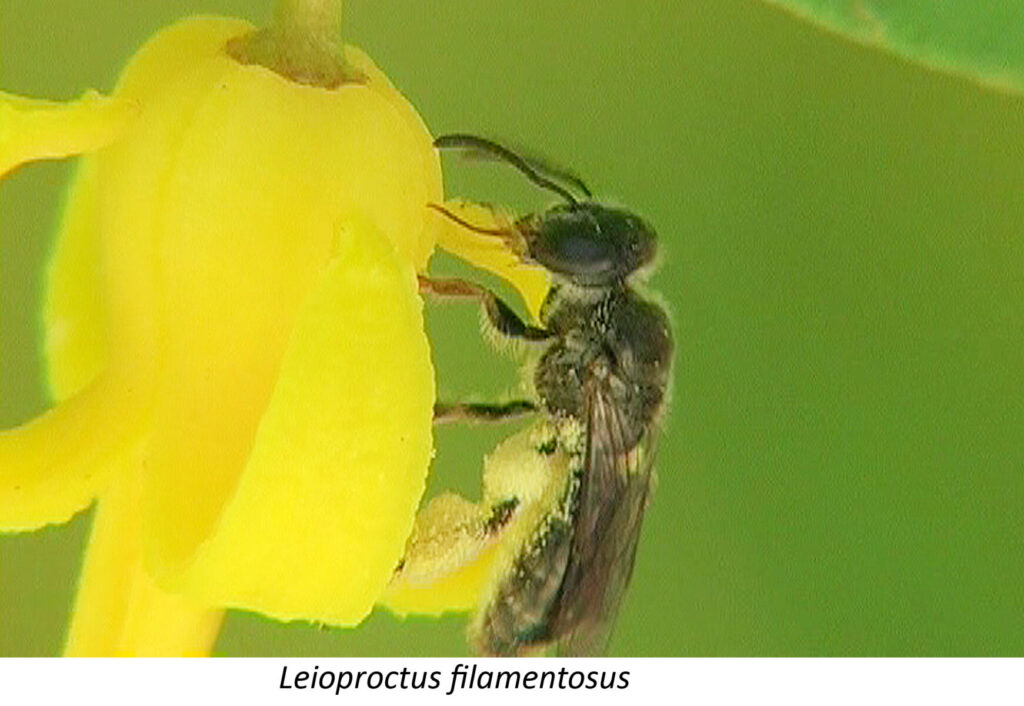
A lightning strike on 26 October 2019 ignited a large fire at Gospers Mountain in the Wollemi National Park northwest of Sydney. As of 27 December 2019, it had burnt over 500,000 hectares making it the biggest forest fire in Australian history.
YouTube – Judy Harrington on Glossy Black Cockatoos
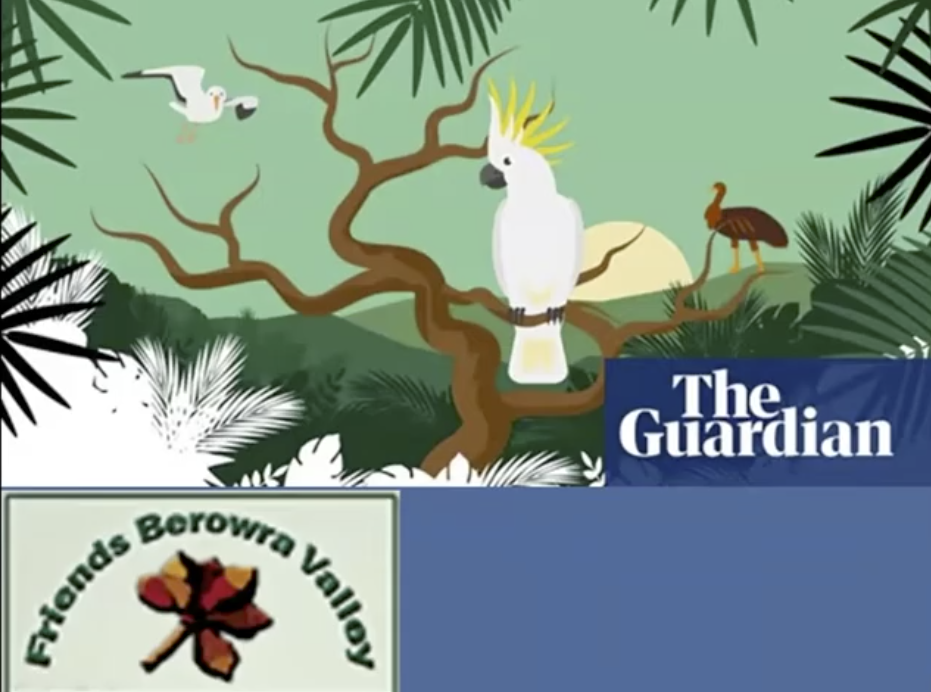
Overview of cockatoos and Australian parrots with a focus on the glossy blacks and the impact on this iconic and vulnerable species from the devastating 2019/2020 fire season on the island.
Bees and fire: a tale of two sites
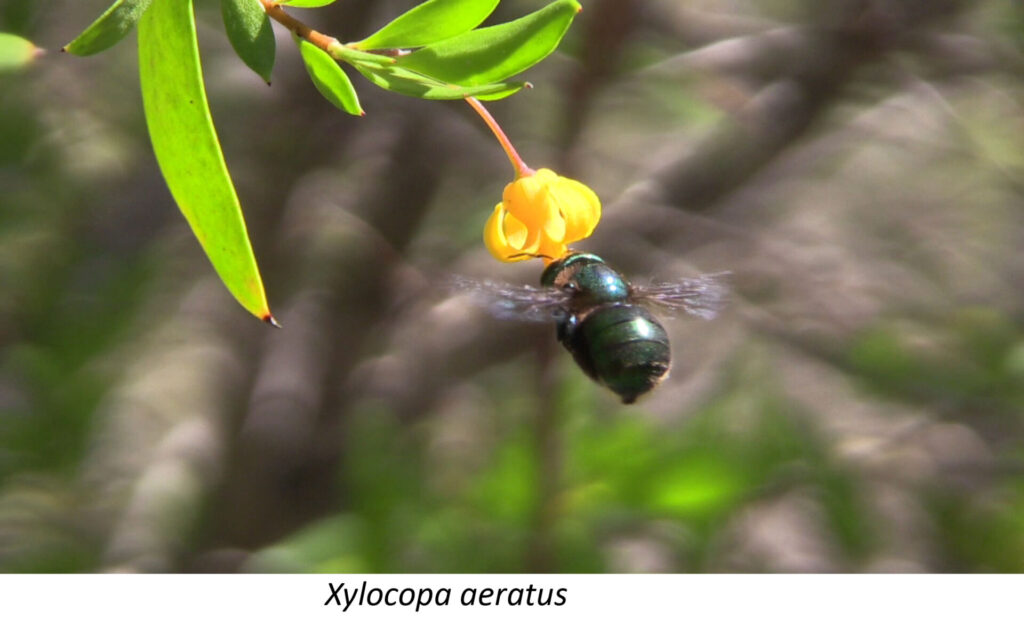
Michael Batley from the Australian Museum shares a tale of two important sites for bees which were affected by the Gospers Mountain fires. Reproduced from the Australian Native Bee Association’s The Cross-Pollinator newsletter, July 2020.
Insects in July
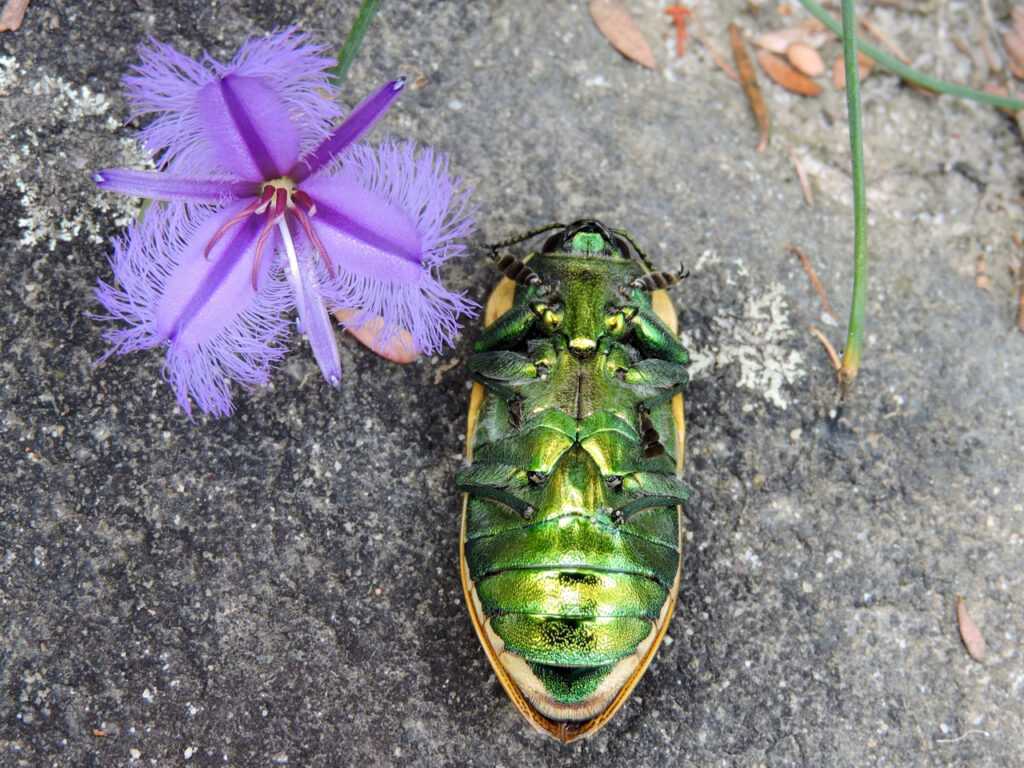
Ralph Cartwright from Sutherland Group is a keen photographer and close observer of plants in his garden at Engadine. He shares some insects seen in July.
Growing for Glossies in the Mist
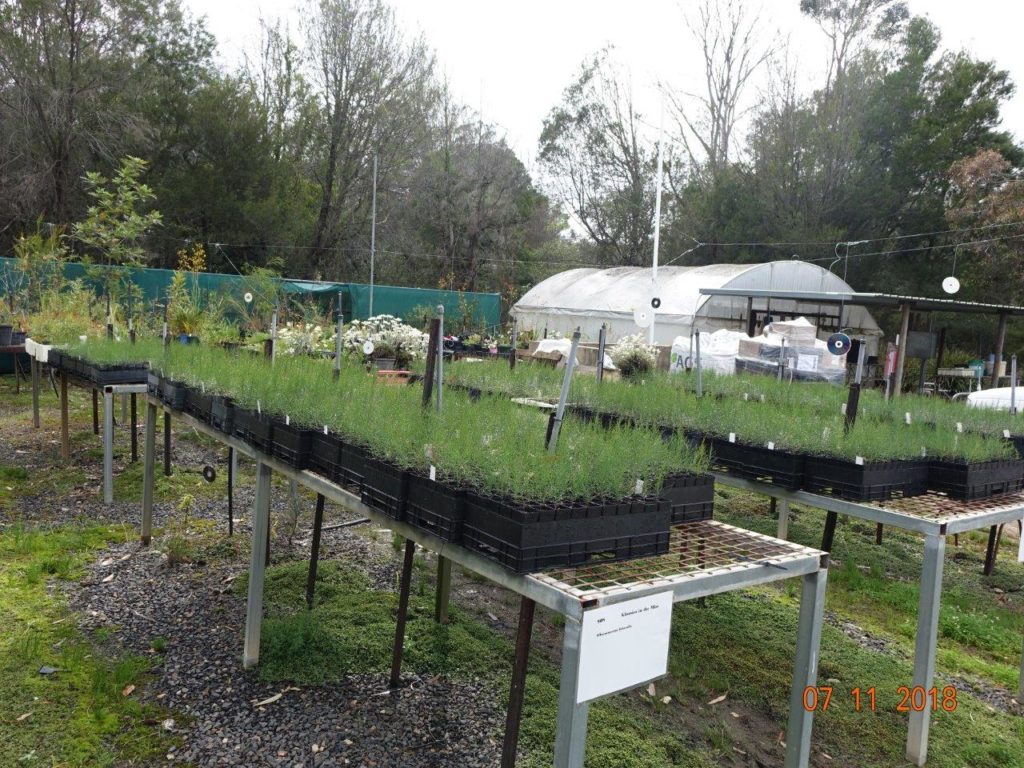
Volunteers from Menai Group have grown over 7,000 casuarina seedlings to support the Glossies in the Mist project, and more are on the way.
Orchid being fertilised by wasp!
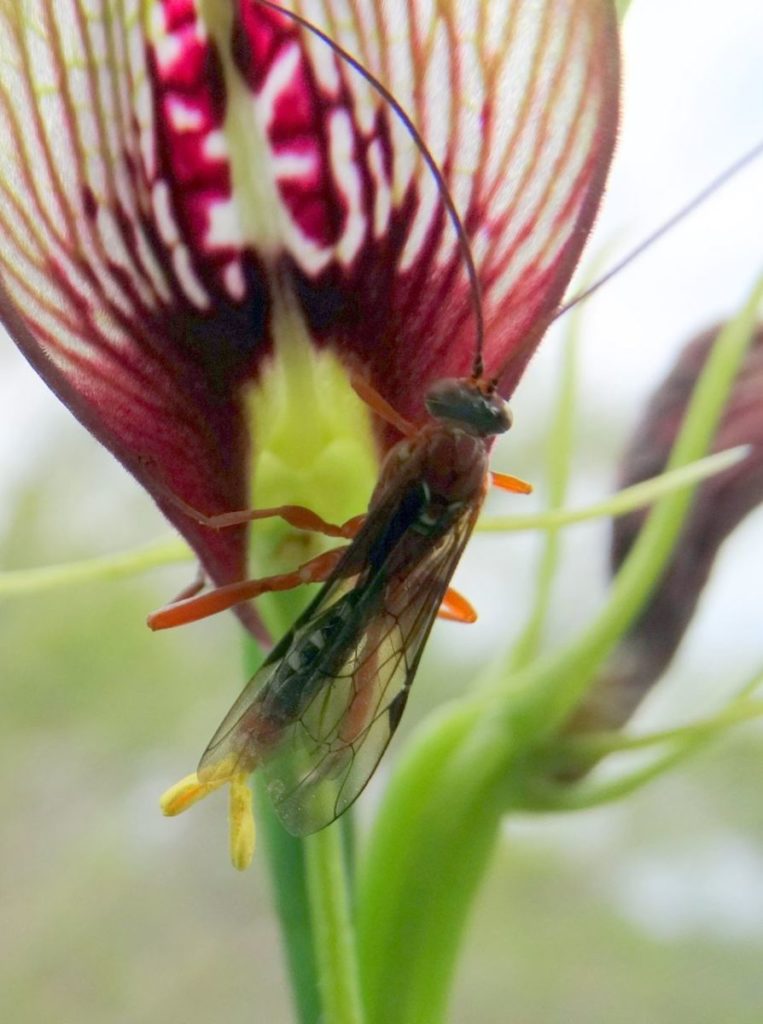
These photos, taken by the late Noel Rosten, shows the process by which the orchid, Cryptostylis erecta, is fertilised by the wasp, Lissopimpla excelsa.
New book – Native Fauna of Greater Blue Mountains World Heritage Area
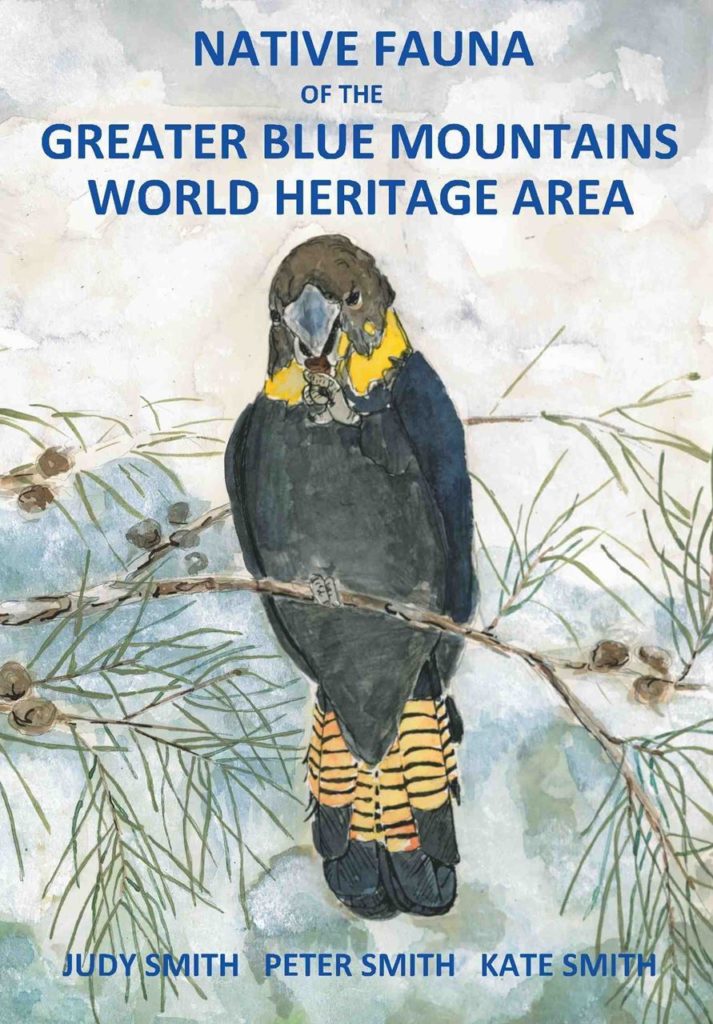
Judy Smith explains the content of the book and the significance of its timing.
Bees enjoying tiny Gonocarpus flowers
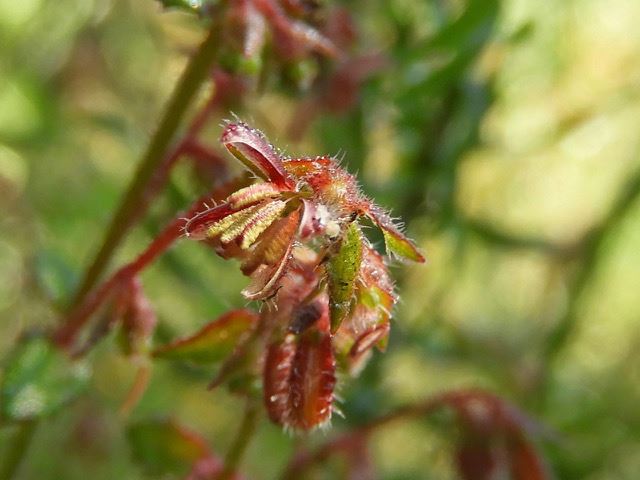
On a recent APS Sutherland Group walk of the Curra Moors Track in the Royal National Park, we found several large, colourful flowers, such as waratahs and Gymea Lilies.
Birds and bugs in my backyard
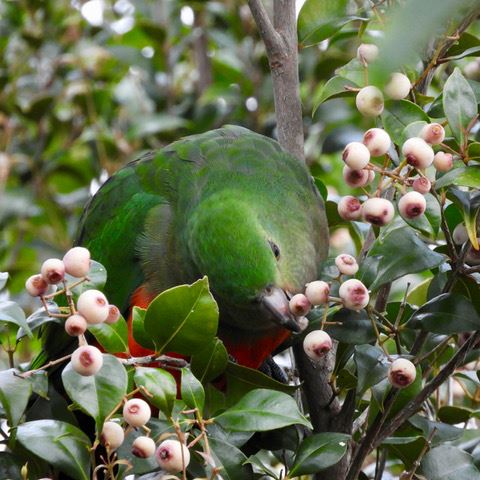
Ralph Cartwright from APS Sutherland Group reports sightings in his Engadine backyard in early spring.
Wombat Care, Bundanoon
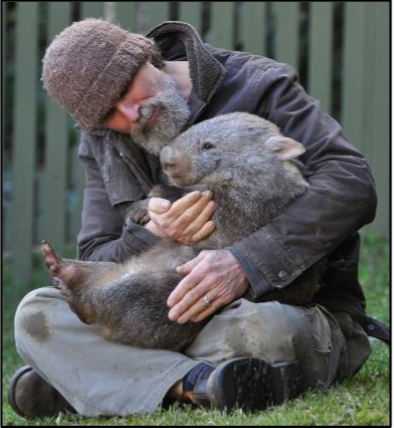
In November last year, the Southern Highlands APS group enjoyed an informative and passionately delivered presentation by John Creighton, AKA Wombat Man, who talked to them about the important work carried out by volunteer carers at Wombat Care Bundanoon.
Lorikeets lapping up the delicious nectar from this dwarf eucalyptus flower
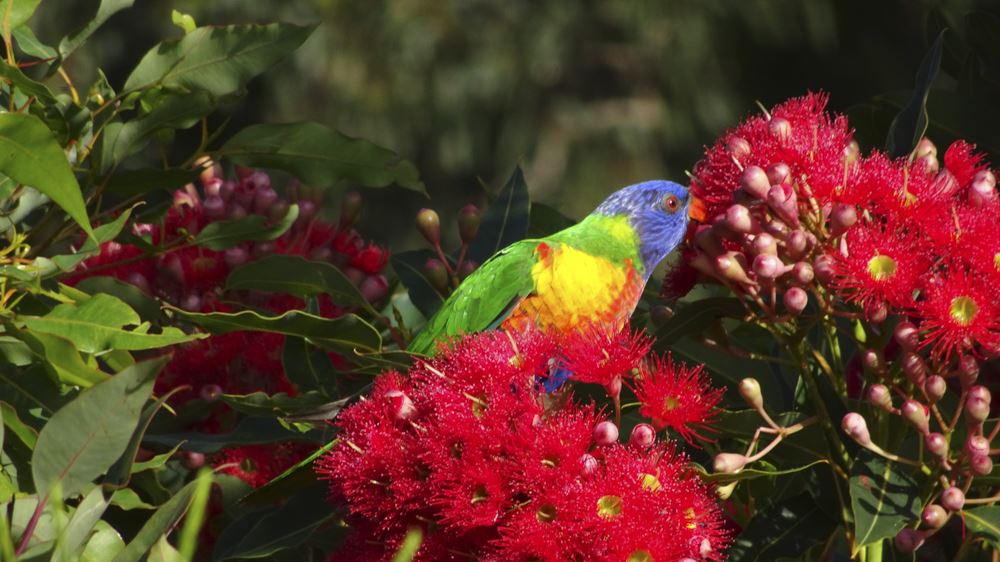
Here are some stunning images from Colin Lawrence of the Newcastle group, who captured the lorikeet enjoying its fill of the dwarf eucalyptus. This tree lived in a pot for a a couple of years and then was planted out 5 and a half years ago. It certainly looks happy!
What bug is that? Answer: Saunders Case Moth
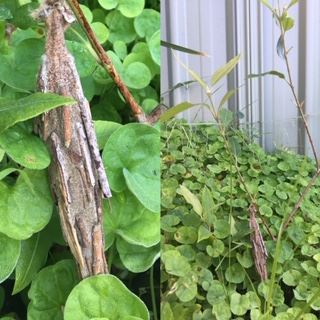
One of our plant experts, Dick Turner, has responded: You have a case moth larva sheltering inside the protection that it has made for itself. The larva or caterpillar uses the cover for protection while it moves about foraging on leaves.
Farewell to Noel Rosten
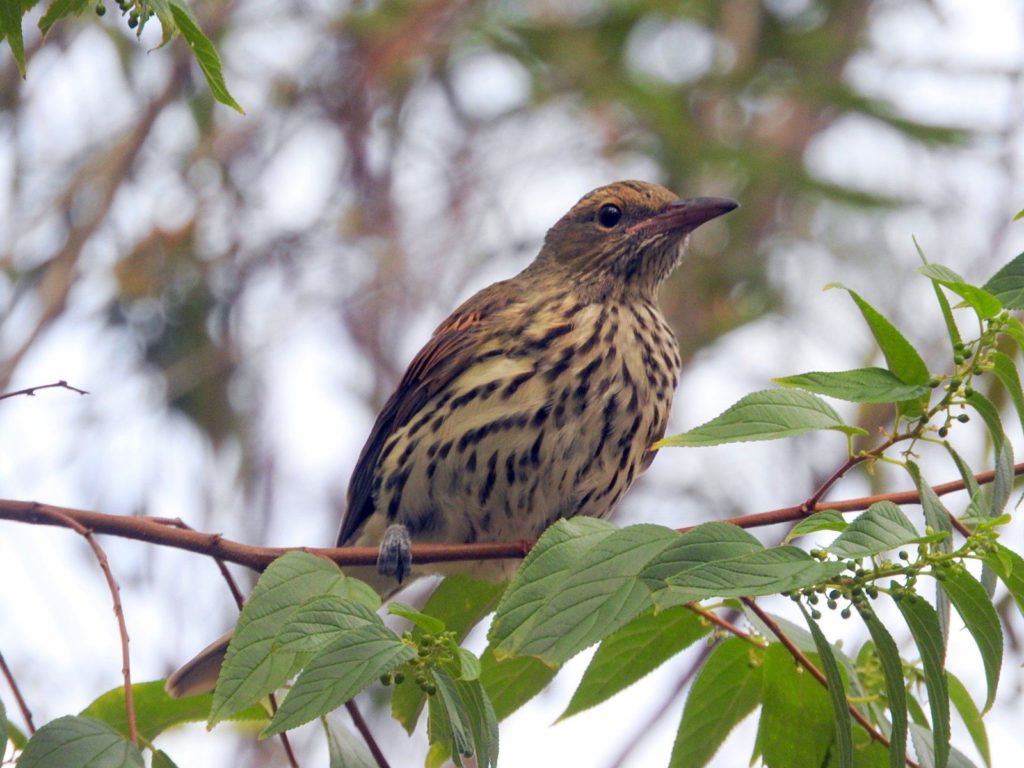
As many members may know, Noel Rosten of North Shore Group was tragically killed on 26 February when hit by an out of control 4WD while checking the letter box.
Birds in our garden by Noel Rosten
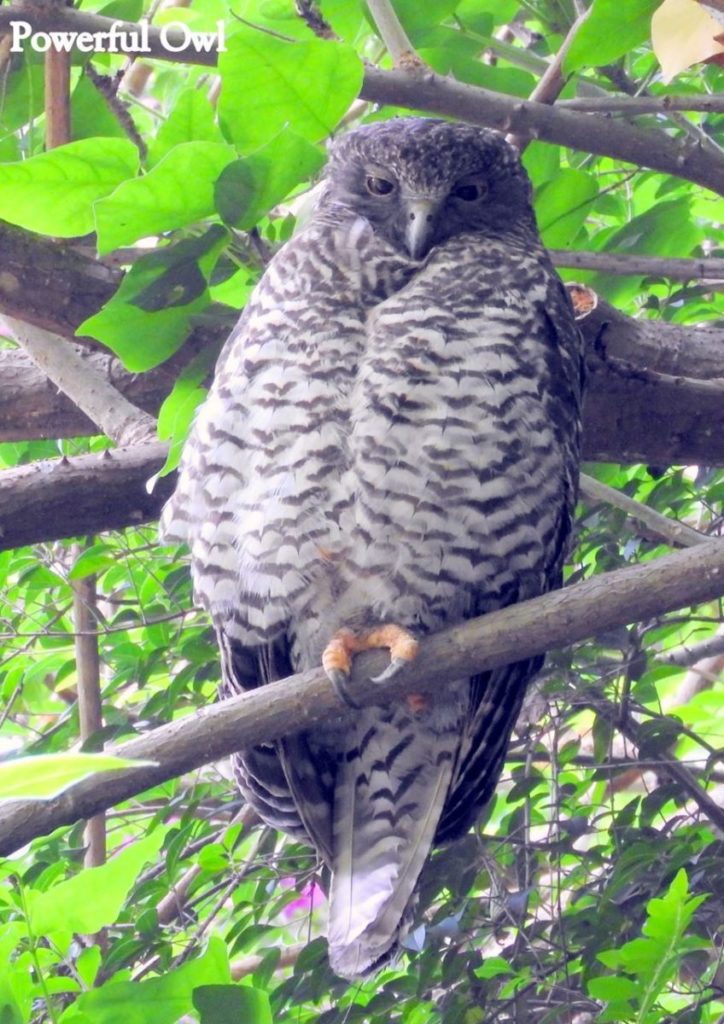
Here are the visitors to our garden this month – the King Parrot, Powerful Owl, and Eastern Spinebill.
The Powerful Owl
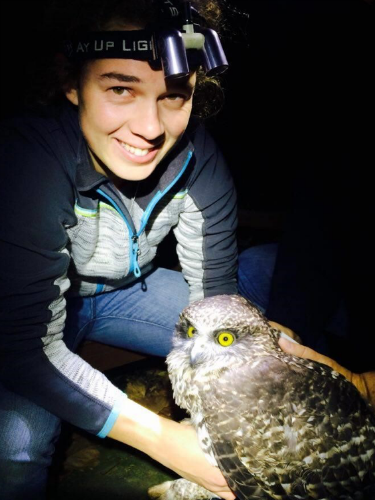
The Powerful Owl is Australia’s largest apex nocturnal predator owl, it is present along the Eastern Coast and is listed as vulnerable in NSW. The owl is a territorial obligate hollow nester
